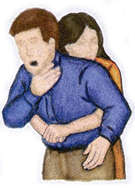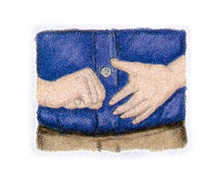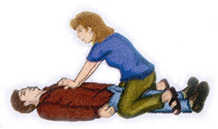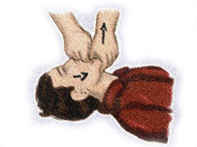 los turcos controlaron el resto de los estados del país. Bajo el gobierno deOsman I, la expansión otomana conquistó el Imperio Bizantino,Bulgaria y Serbia. Las victorias otomanas en los Balcanes alertaron al Este de Europa sobre su poder. En 1453, el imperio conquistó Constantinopla.
los turcos controlaron el resto de los estados del país. Bajo el gobierno deOsman I, la expansión otomana conquistó el Imperio Bizantino,Bulgaria y Serbia. Las victorias otomanas en los Balcanes alertaron al Este de Europa sobre su poder. En 1453, el imperio conquistó Constantinopla.small multiethnic state that emerged in Asia Minor in 1299.
Turks controlled the rest of the states. Under the government deOsman I, Ottoman expansion conquered the Byzantine Empire, Bulgaria and Serbia. The Ottoman victories in the Balkans in Eastern Europe warned over its power. In 1453, the Empire conquered Constantinople.
En los SS. XVI-XVII, el imperio había conquistado 3 continentes, y controló el Sur de Europa, el Norte de África y Medio Oriente, con límites en Sudán, Eritrea, Arabia y Somalia en el Sur; Marruecos en el Oeste y el Mar Caspio en el Este.
In the SS. XVI-XVII, the empire had taken 3 continents and controlled southern Europe, North Africa and the Middle East, with limits in Sudan, Eritrea, Somalia and Arabia in the south; Morocco in the west and the Caspian Sea in the east.
El imperio otomano se convirtió en el sucesor islámico de muchos imperios antiguos clásicos. Los turcos adquirieron algunas de las tradiciones de dichos imperios y las mezclaron con las características de los religiosos y los etnios que vivían en el interior del territorio otomano, por lo que crearon una nueva identidad cultural otomana.
The Ottoman Empire became the successor of many classical Islamic ancient empires. The Turks acquired some of the traditions of these empires and mixed with the characteristics of religious and etnios living within the Ottoman territory, so they created a new Ottoman cultural identity.






